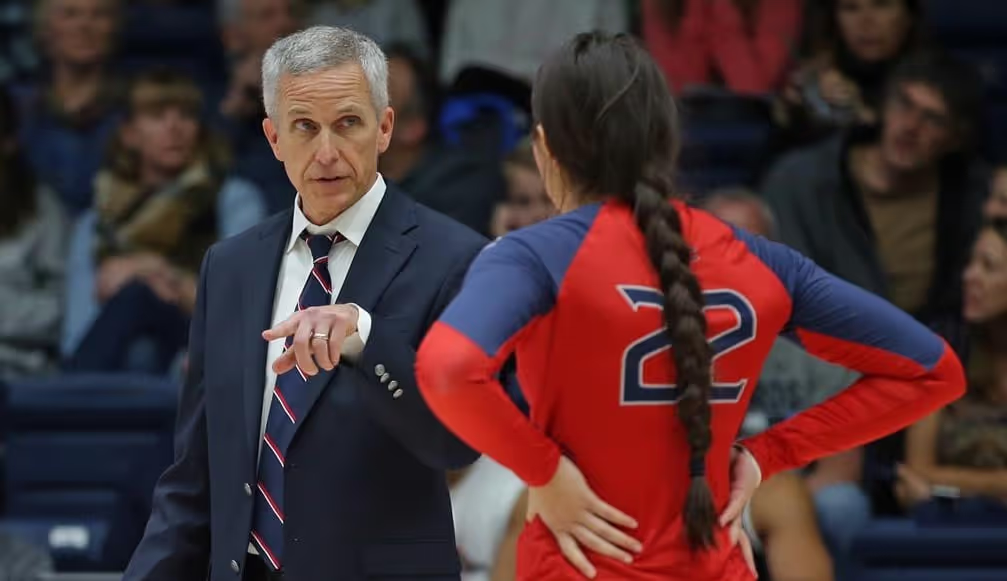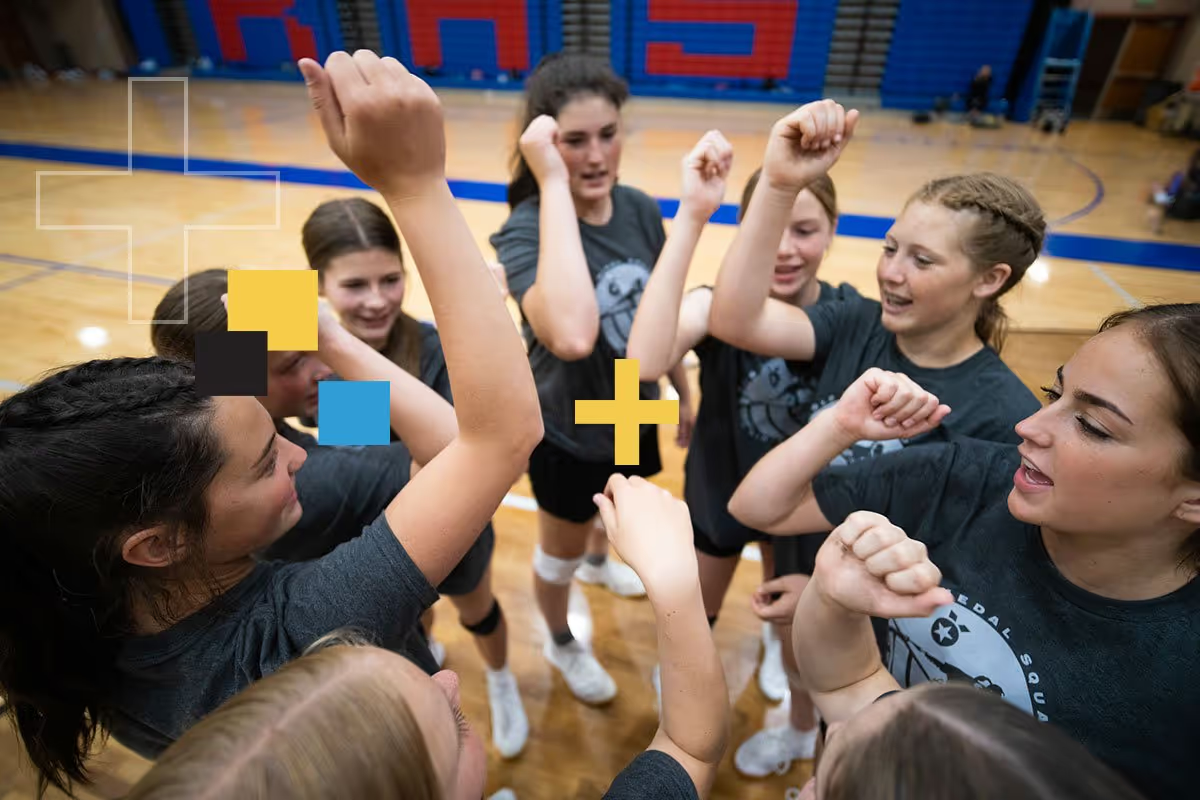Written by Rob Browning, Head Volleyball Coach, Saint Mary's College
My last blog entry was about teaching kids how to play the entire game by allowing them to perform all skills in practice and matches. There is an offensive system that is great for younger kids because it is very simple, it is effective, and it allows multiple players to perform multiple skills in different positions on the court.
I am a huge advocate of the 6-3 system for young teams. The way it works is quite simple: Every other player on the court is a setter in two rotations. You can either have them set when they are middle front (similar to Rotation 5 in a 5-1 system) and right front (Ro 6), or when they are right front and right back (Ro1). When one of the 3 designated rotates out of these positions, another one rotates in.
There are a few reasons why I like this system. First, it gives three players on the court the opportunity to set. Second, each of those setters will also be a passer and a hitter when she is left front and Middle front (if you have them set when they are right front and right back). Third, it is very simple, which is critical for young teams. Fourth, you have the opportunity to put your best players in those three positions and they will have a huge impact on the team’s performance.
1. Allowing three players to set helps spread the wealth of that position. When running this system you can use 3 setters in one set or match, and then use 3 others in another, and voilà, you have exposed several players on your team to every basic position and all skills.
2. It will allow them to learn to be a setter, while also keeping them engaged as passers and hitters.
3. This system is simple because 2 rotations are repeated over and over again. When you say “rotation 1” or “ro 2” your players will know what that looks like and how you operate out of that rotation. You can have your setter set from the right-front position and only set in front (2s and 4s), or she can operate from the middle-front position and set front and back sets as soon as they are ready to back set.
4. Strategically it can be very good also, as you can put your three strongest players in these positions in certain sets and matches and they will anchor the team with their serving, passing, setting and hitting.
Some coaches argue that they need to run a 5-1 or a 6-2 to prepare them for high school volleyball. I disagree. What we need to teach them when they’re young is how to perform the skills and play the game. We can teach them how to run a 5-1or a 6-2 in an hour. But it takes a longer time to teach them the skills and to teach them how to play the game and read the game. Running a 6-3 is so simple that it allows them to focus on the game and not worry about whether or not they’re overlapping or when they need to switch, etc. Maybe you take a practice or two and show them how to run a 5-1 and a 6-2 and you teach them the basics of overlapping, but I think that the 6-3 is the way to go for the reasons stated above.
You might win more points and games by designating your best setter as the setter, and your best passer as the libero, and your best hitter exclusively as a hitter (I can easily argue that the opposite is more likely true–you will win more with a 6-3), but you will be denying them the opportunity to develop as players. Eventually, even in your own season, your team and the individual players will fare much better if they can all perform all of the fundamental skills.
Part 3 will likely have the title: “Strength and Conditioning (or not) for Young Volleyball Players”
Have fun with the little ones!







